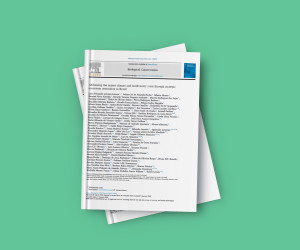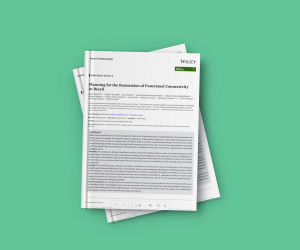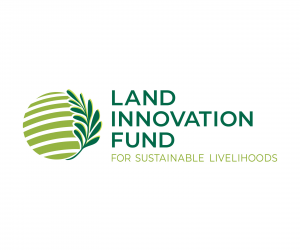Publications > Summary
Executive Summary: Solutions and Strategies for Reducing Legal Deforestation in the Cerrado
Although it is considered a global biodiversity hotspot, the Cerrado has been leading the deforestation ranking among Brazil’s biomes. In 2023, the four states in the region known as Matopiba – Maranhão, Tocantins, Piauí, and Bahia – accounted for nearly half (47%) of all native vegetation loss in the country.
Almost all of the deforestation in Brazil during this period (97%) was driven by agricultural and livestock expansion. In Matopiba, the direct conversion to soybeans was responsible for a significant portion of this deforestation.
A key challenge in achieving agricultural sustainability is increasing production without intensifying deforestation and biodiversity loss.
In the context of international trade flows of agricultural products, responsible and deforestation-free production is particularly important, as well as the need to conserve biodiversity and provide ecosystem services.
Therefore, the debate on how to incentivize the conservation of native vegetation areas on rural properties, beyond the minimum requirements established by the Forest Code, becomes even more relevant, especially in regions under high pressure for agricultural expansion, such as Matopiba, which is considered the new agricultural frontier of Brazil.
This summary presents the results of the project “Incentives and Interventions for Behavior-Based Policies for a Deforestation-Free and Conversion-Free Soybean Supply Chain in the Cerrado,” executed in 4 phases, with the following objectives:
- Evaluate the behavior of soybean producers in the Cerrado to identify the main causes influencing their decisions regarding land use and develop a hypothesis about the causes and motivations for these behaviors.
- Design incentives and interventions incorporating principles of behavioral science to eliminate deforestation from the soybean supply chain in the Cerrado, based on the results of Phase 1.
- Test the acceptance of producers to the designed solutions to understand their preferences and willingness to accept incentives for voluntary conservation of native vegetation, and determine to what extent these incentives can be enhanced by behavioral interventions, by applying a choice experiment with farmers.
- Analyze the costs and benefits of the proposed solutions and define the operationalization of the incentives to develop a detailed implementation plan, scale-up strategy, and monitoring framework.












